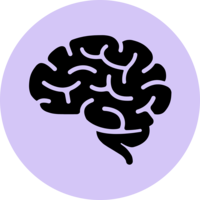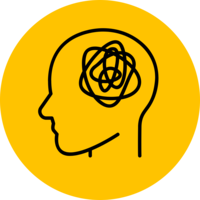Prenatal exposure to various substances and the way further in adulthood
This study, which includes two cohorts, aims to investigate whether prenatal exposure is associated with stable differences in brain, cognitive, and psychosocial function across age or if such exposure is associated with different developmental trajectories. Each cohort included a study group consisting of infants exposed to substances prenatally and a comparison group of non-exposed infants. Cohort 1 includes mother-infant dyads, with infants born between 1991 and 1996. The study group consisted of 78 mothers recruited after pregnancy from a social service institution in Oslo, Norway. The 58 mothers in the comparison group were recruited from child health centres in Oslo. Prenatal data and measurements at birth were gathered via linked healthcare data. Infants were followed up at ages 1, 2, 3, 4.5, 8.5, and 16 to 22 years. A further follow-up wave began in 2024. Cohort 2 includes mothers and their infants born in 2004–2008. The 31 mothers in the study group were recruited from residential treatment institutions in Norway, whilst the 30 mothers in the comparison group were recruited from child health centres in Oslo. Baseline assessment was completed in the third trimester of pregnancy with follow ups at birth and when the children were 4.5 years.
Study design
Cohort - birth, Cohort - clinical, Cohort - primary caregiver and child
Number of participants at first data collection
78 (cohort 1 substance-exposed study group)
58 (cohort 1 comparison group)
31 (cohort 2 substance-exposed study group)
30 (cohort 2 comparison group)
Age at first data collection
Birth (infants)
Varied (mothers)
Participant year of birth
1992 - 1996 (cohort 1)
2004 - 2008 (cohort 2)
Participant sex
All
Representative sample at baseline?
No
Sample features
Country
Year of first data collection
1992 (cohort 1)
2004 (cohort 2)
Primary Institutions
University of Oslo (Universitetet i Oslo)
Profile paper DOI
Funders
Norwegian Research Council (Norges forskningsråd)
University of Oslo
Ongoing?
Yes
Data types collected



- Computer, paper or task testing (e.g. cognitive testing, theory of mind doll task, attention computer tasks)
- Interview – face-to-face
- Physical or biological assessment (e.g. blood, saliva, gait, grip strength, anthropometry)
- Secondary data
- None
- Diffusion Tensor Imaging (DTI)
- Functional magnetic resonance imaging (fMRI)
- Magnetic Resonance Imaging (MRI)
- Healthcare data
Engagement
Keywords
Consortia and dataset groups



